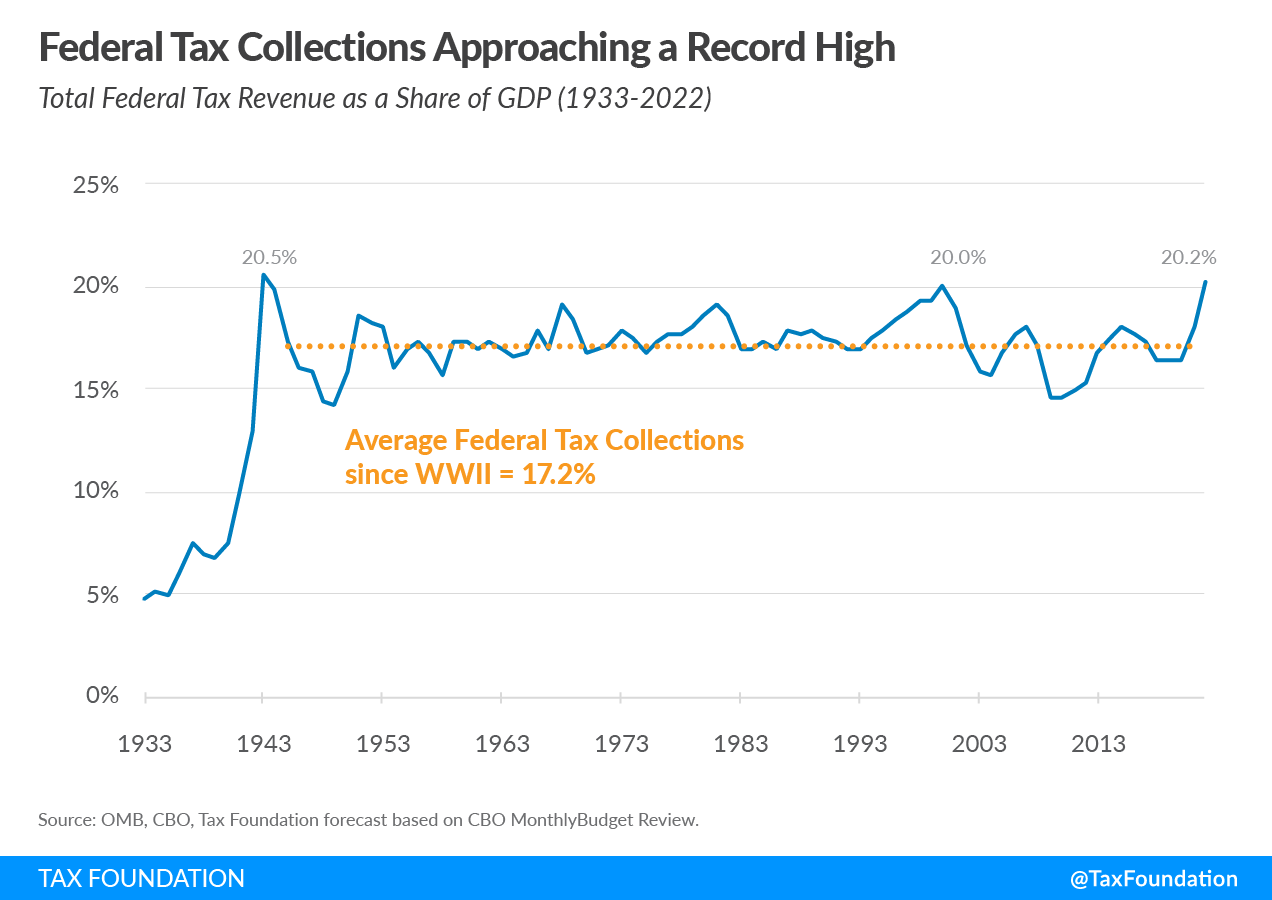Proposed Joint Employer Rule May Have Employers Tied in Knots | Blogs | Labor & Employment Law Perspectives
Earlier this month, the National Labor Relations Board (NLRB) issued a Notice of Proposed Rulemaking (NPR) designed to address the standards the NLRB will use in determining joint employer status under the National Labor Relations Act (NLRA). If this rule becomes final, employers will be faced with yet another hurdle in trying to distance themselves from liability associated with the employees of their contractors and vendors.
Moreover, if you were thinking, “I have no unions in my workplace, so I have nothing to worry about,” think again. The NLRA applies to a wide range of private sector employers engaged in interstate commerce regardless of whether there is a union present.
The NLRB’s approach to analyzing joint employer status has fluctuated widely during the last seven years. First, in 2015 the NLRB issued its decision in Browning-Ferris.1 As we wrote then, the NLRB held that the mere possession of authority over the other entity’s employees is enough to support a finding of joint employer. Many employers and commentators contended this decision made it extremely difficult not to be found to be a joint employer. Then, following the election of Donald Trump as president, the NLRB’s composition changed. In February 2020, an NLRB dominated by Trump appointees issued a final rule that significantly pulled back the Browning-Ferris decision. The 2020 rule made it easier for employers to avoid a finding of joint employer. Now that three of the five positions on the NLRB are occupied by appointees of President Joe Biden, the NLRB is taking a more pro-employee approach.
As the NLRB’s summary of the new proposed rule states, “any two or more employers would be considered joint employers if they share or codetermine those matters governing employees essential terms and conditions of employment, such as wages, benefits and other compensation, work and scheduling, hiring and discharge, discipline, workplace health and safety, supervision, assignment, and work rules.” The proposed rule would define “share or codetermine” to mean “for an employer to possess the authority to control (whether directly, indirectly, or both), or to exercise the power to control (whether directly, indirectly, or both), one or more of the employees’ essential terms and conditions of employment. This is taken from the Browning-Ferris decision and means that if an employer has the ability to exercise control over the other entities’ employees, even if they never exercise such control, they will likely be held to be joint employers.
The two Republican members currently on the NLRB voted against issuing the NPR and feel it is premature to roll back the 2020 rule. Employers who have employees of contractors regularly coming onto their worksites need to take the time to review the NPR and assess their level of vulnerability if the rule becomes final. Any interested party may file comments on the NPR before November 7, 2022. Should you be interested in filing comments, our team of lawyers is available to help.
1 Browning-Ferris Industries of California, Inc., 362 NLRB 1599 (2015)






